Kallanai Dam has played a vital role in sustainable water management for agricultural production for the past 2,000 years.
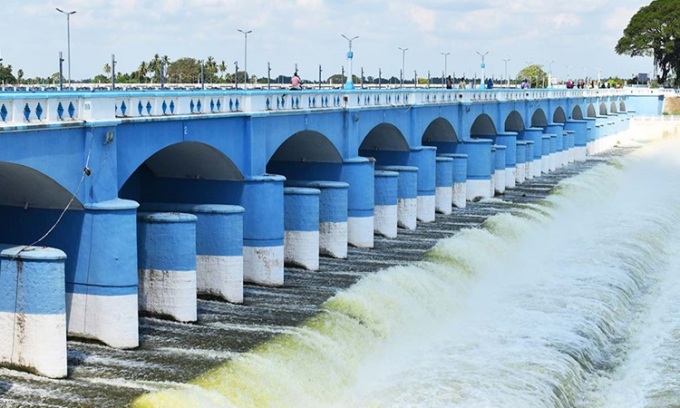
Kallanai Dam in present-day Tamil Nadu state. Photo: Elamaran Elaaa
The Kallanai Dam, also known as the Grand Anicut, is an engineering marvel in southern India. Located along the Kaveri River in the state of Tamil Nadu, the structure is a lasting testament to the ingenuity of ancient engineers, dating back two millennia, according to Ancient Origins .
Initiated by King Karikalan of the Chola dynasty around the 2nd century, the Kallanai Dam was built to harness the abundant waters of the Kaveri River for agricultural purposes. The name Kallanai is derived from the Tamil words 'alam and anai', meaning 'stone' and 'dam'. Not using modern building materials such as mortar, this iconic structure showcases the Chola's ability to apply sophisticated engineering.
The primary purpose of the dam was to divert the waters of the Kaveri River into the fertile delta, facilitating an extensive irrigation network that transformed the barren land into lush green land. The meticulous planning and construction of the Chola dam was essential in increasing agricultural productivity, which in turn contributed significantly to the region’s economic prosperity.
The Kallanai Dam is approximately 329 m long and 20 m wide. It consists of three separate sections, Kudamuruti, Periyar and Viranam, each designed to serve a specific function in regulating the flow of water. Notably absent from its construction is mortar, the structure relies solely on the precision of interlocking stone blocks to withstand the force of the river.
Having withstood the ravages of time, the Kallanai Dam has not only survived, but has also evolved over centuries of maintenance and refurbishment by successive dynasties. Today, it continues to be an essential part of the region’s agriculture, ensuring a steady supply of water for growing crops. It is one of the world’s oldest dams still in active and regular use.
An Khang (According to Ancient Origins )
Source link







![[Video] Hanoi recruits additional students for grade 10 of public high schools: Expanding opportunities for students](https://vphoto.vietnam.vn/thumb/1200x675/vietnam/resource/IMAGE/2025/7/19/16eff35c4ef049adbb5d45e8fec14e86)


































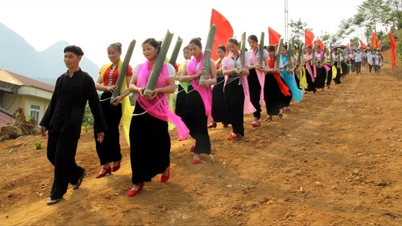





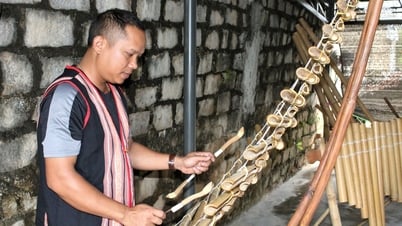



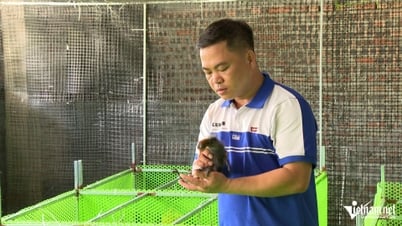








































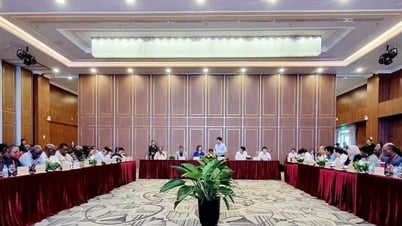


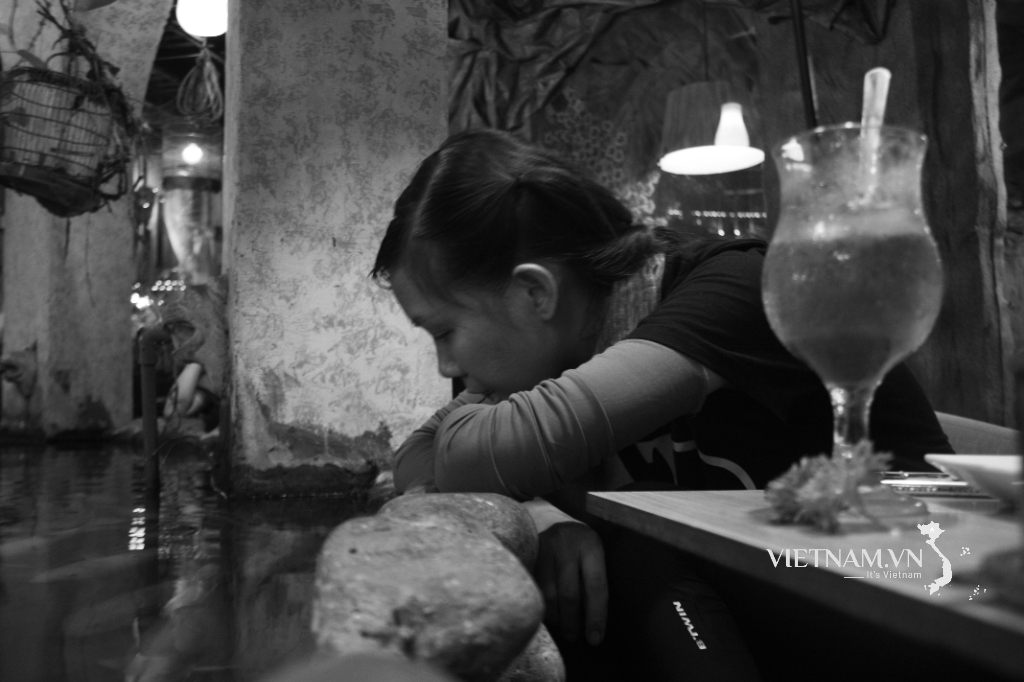



Comment (0)